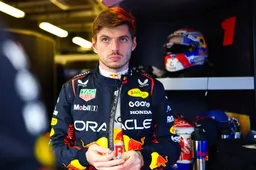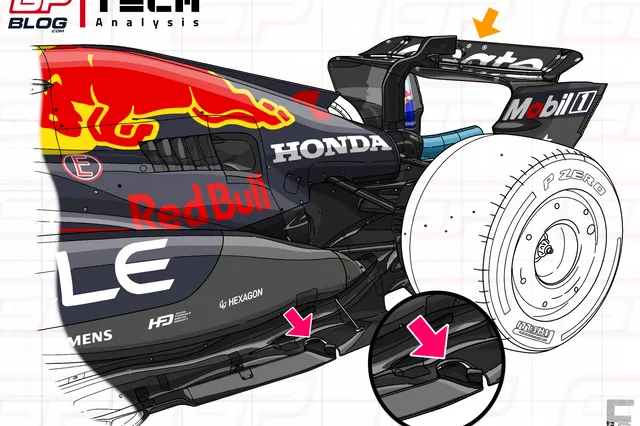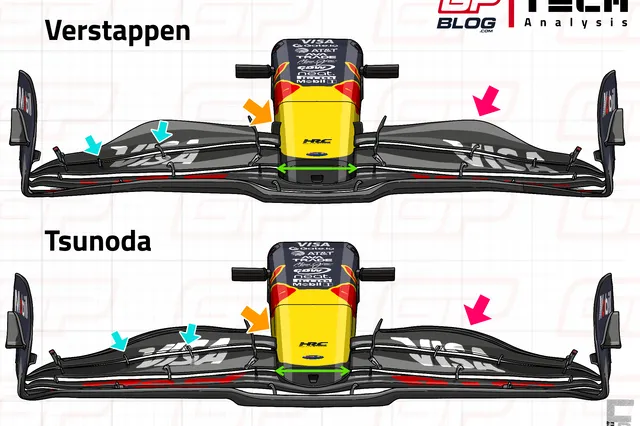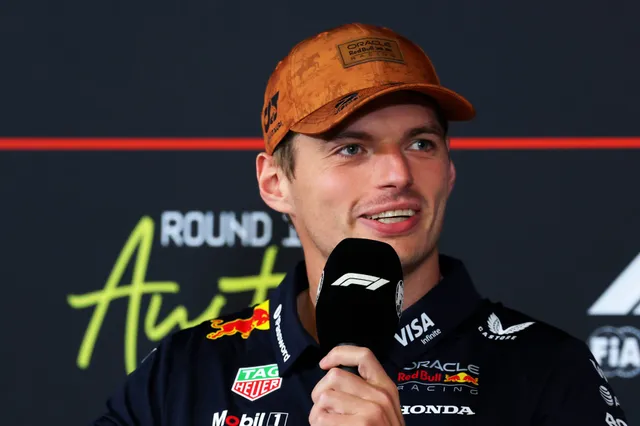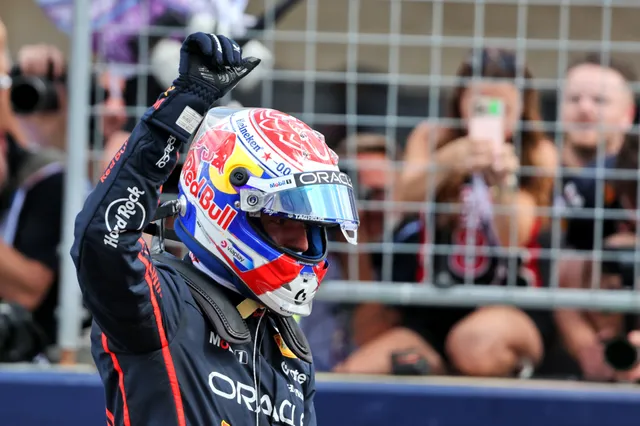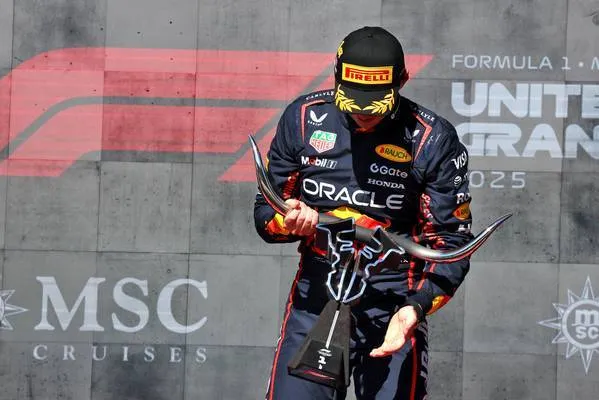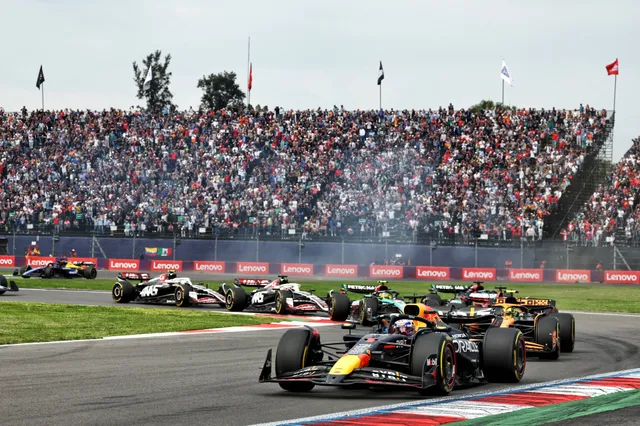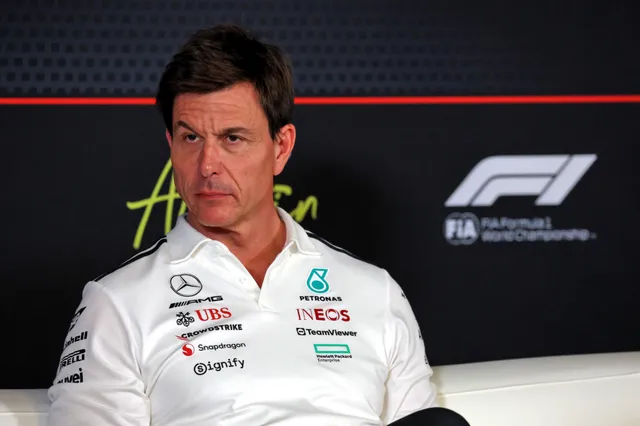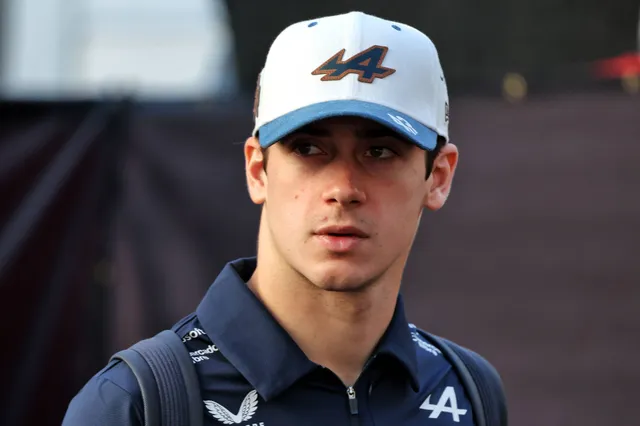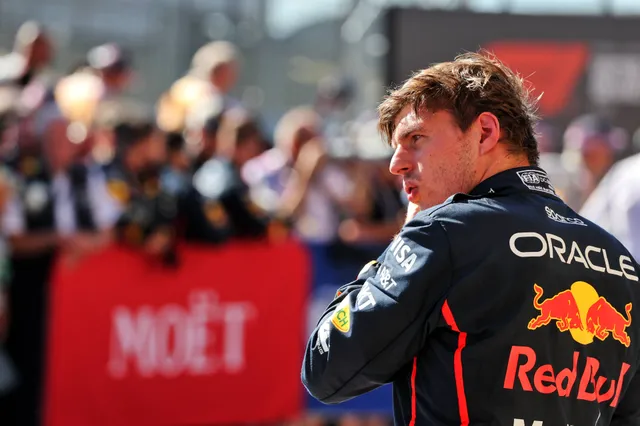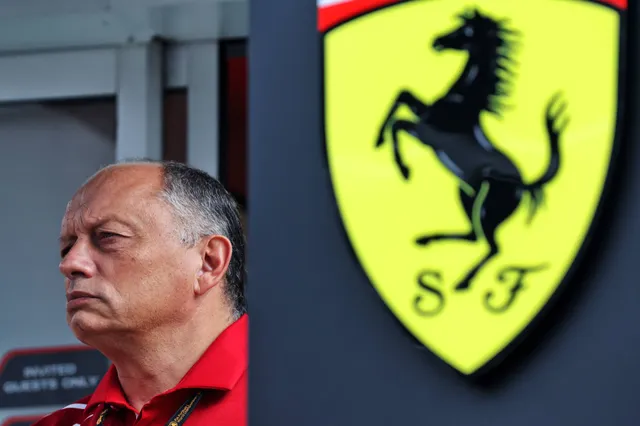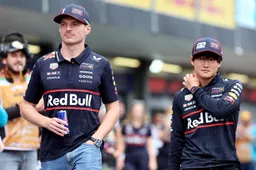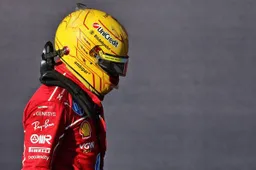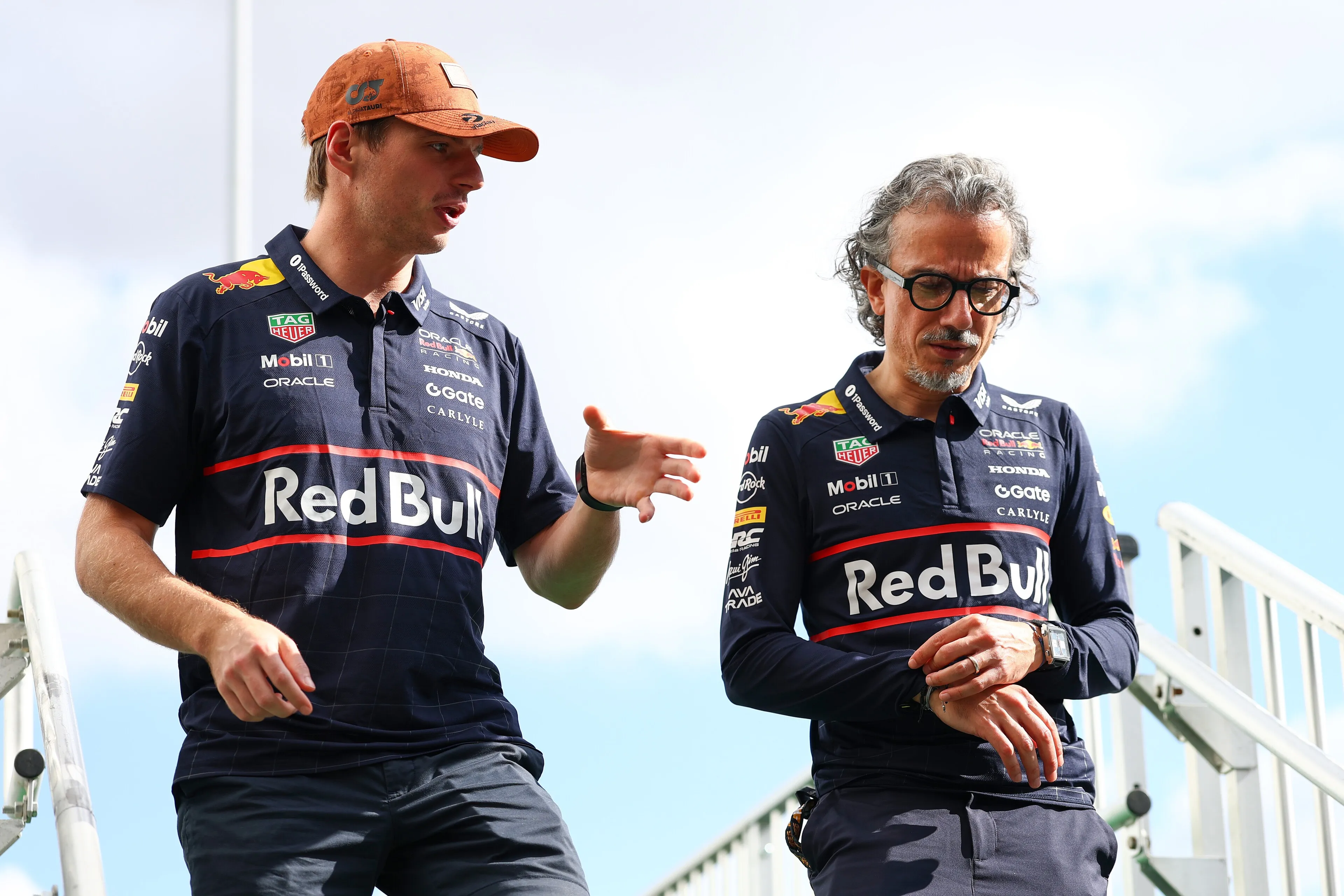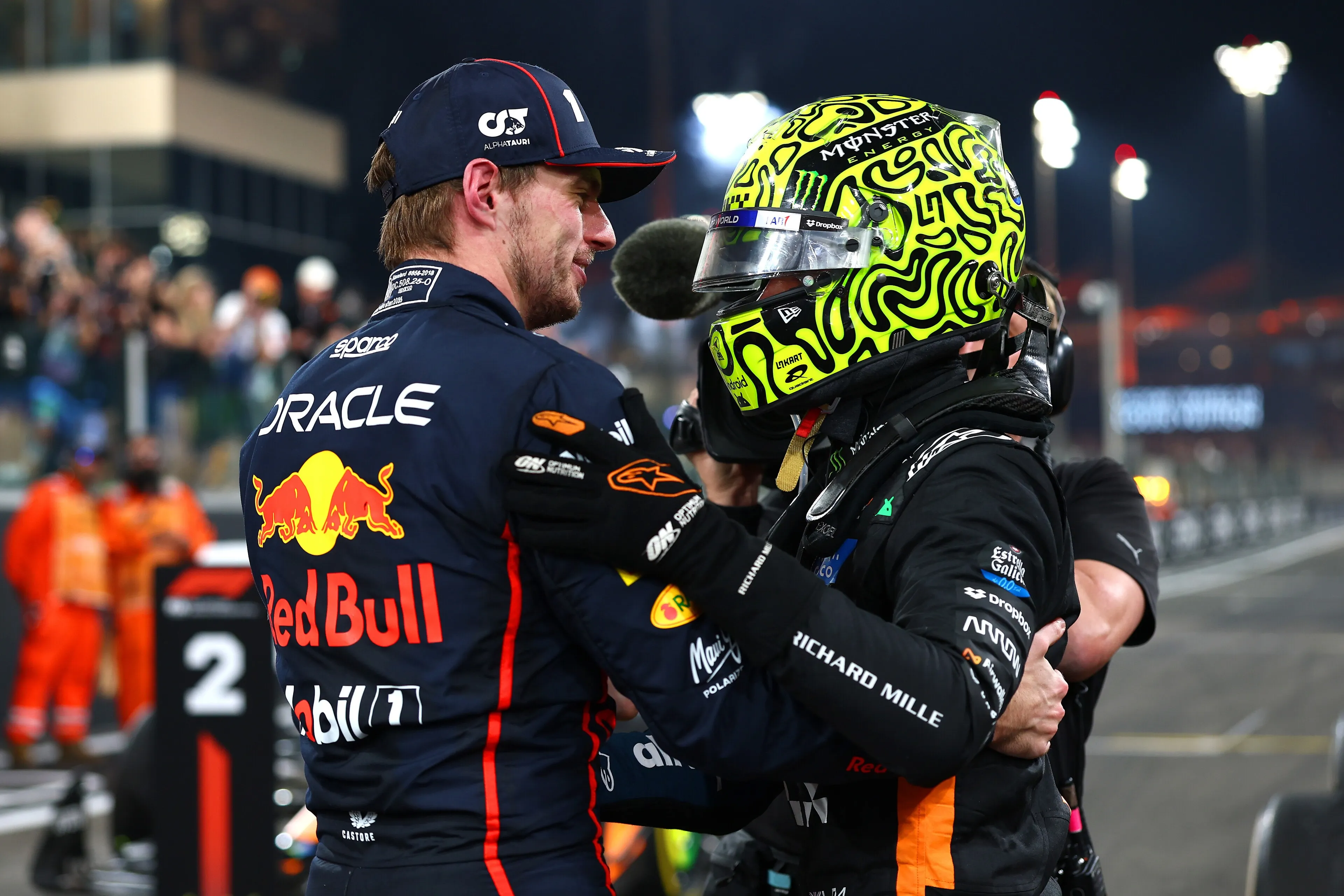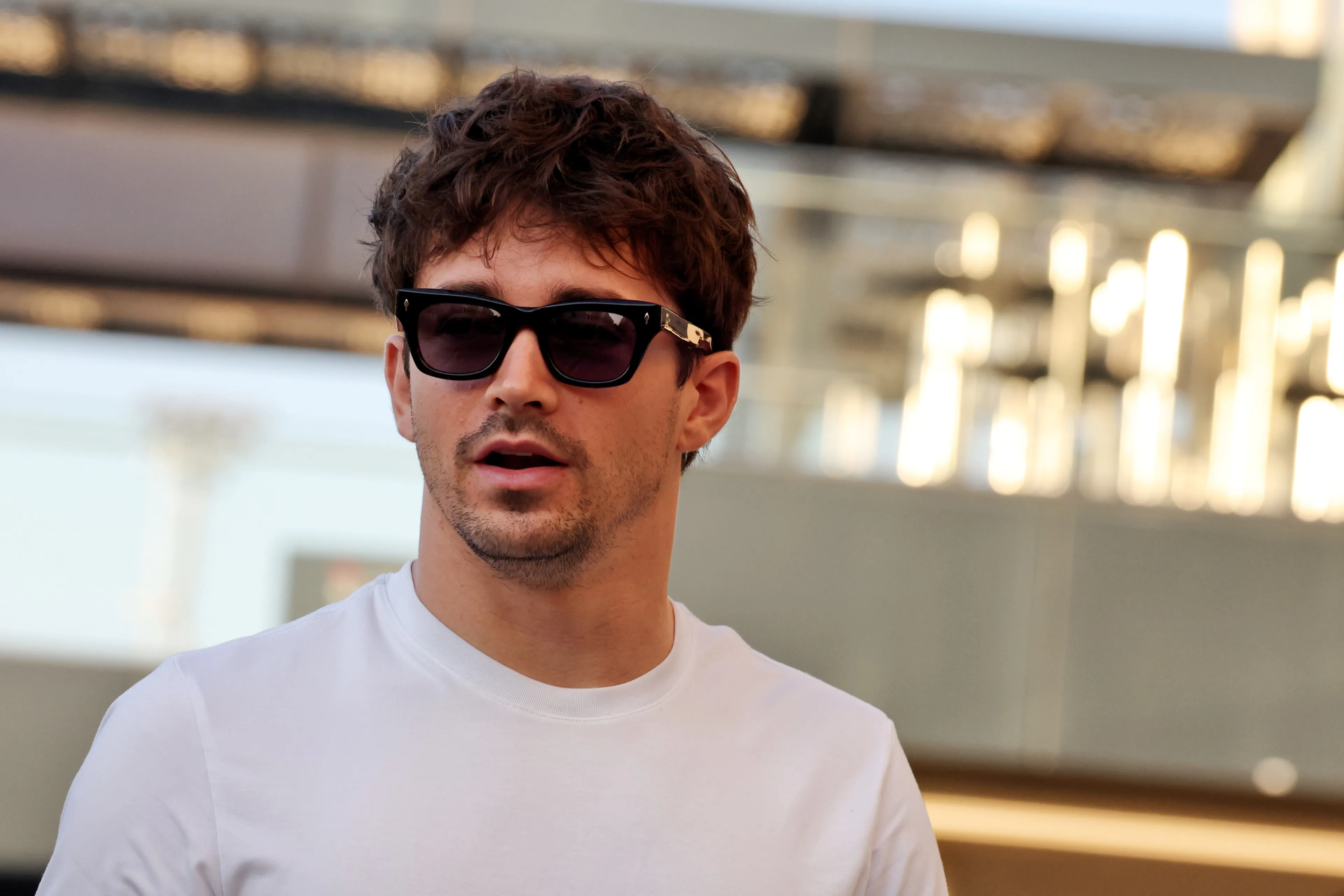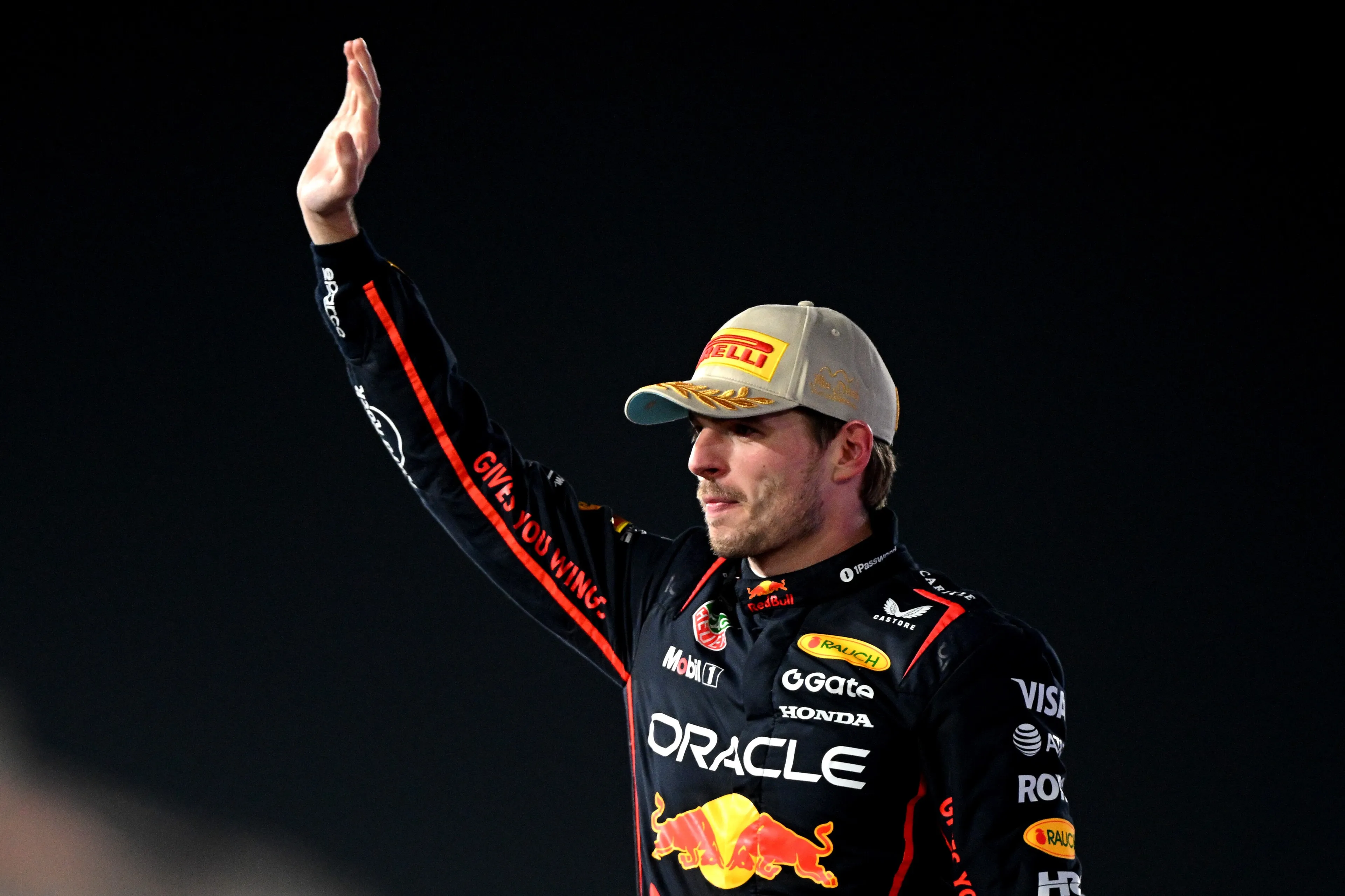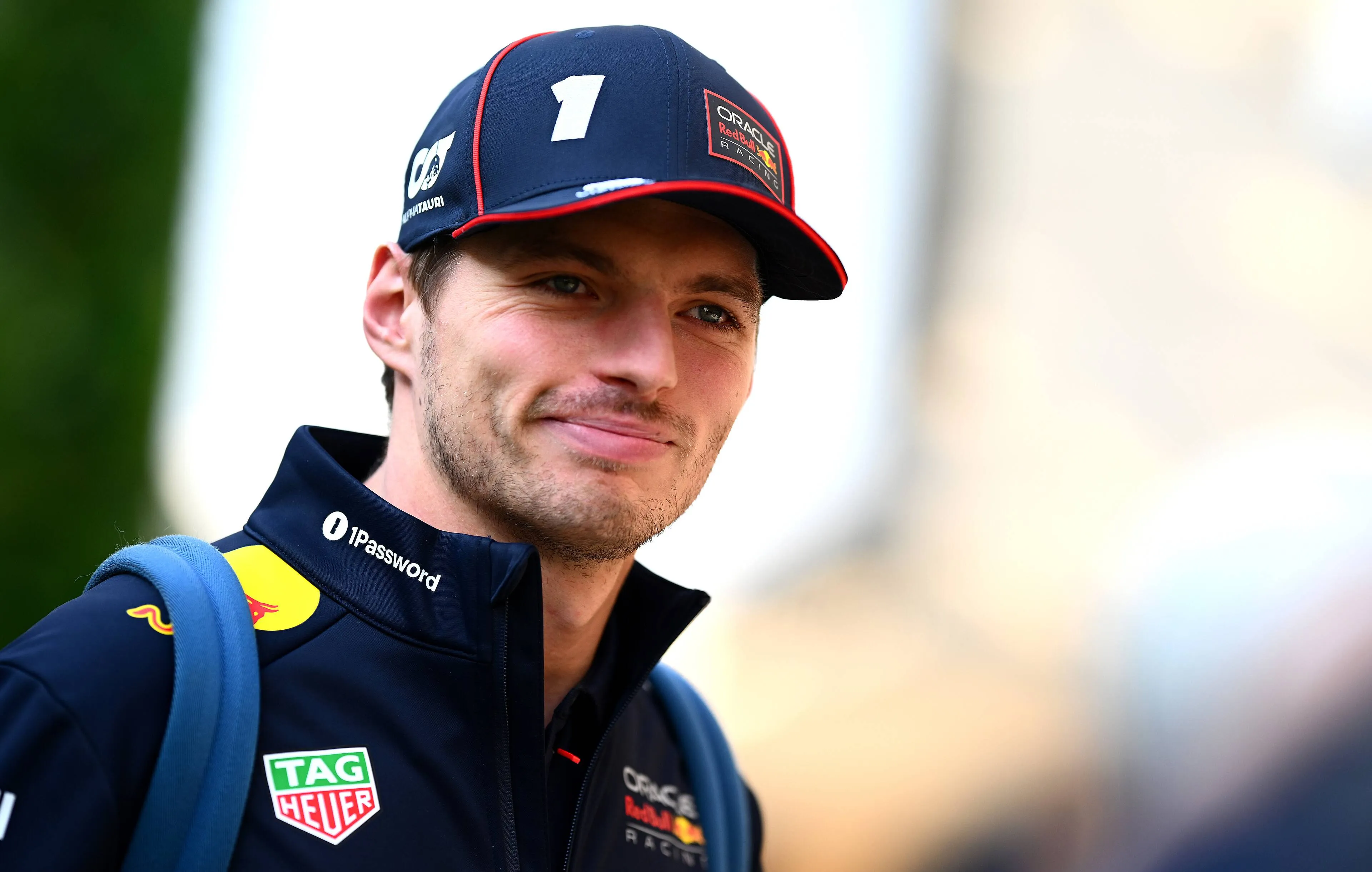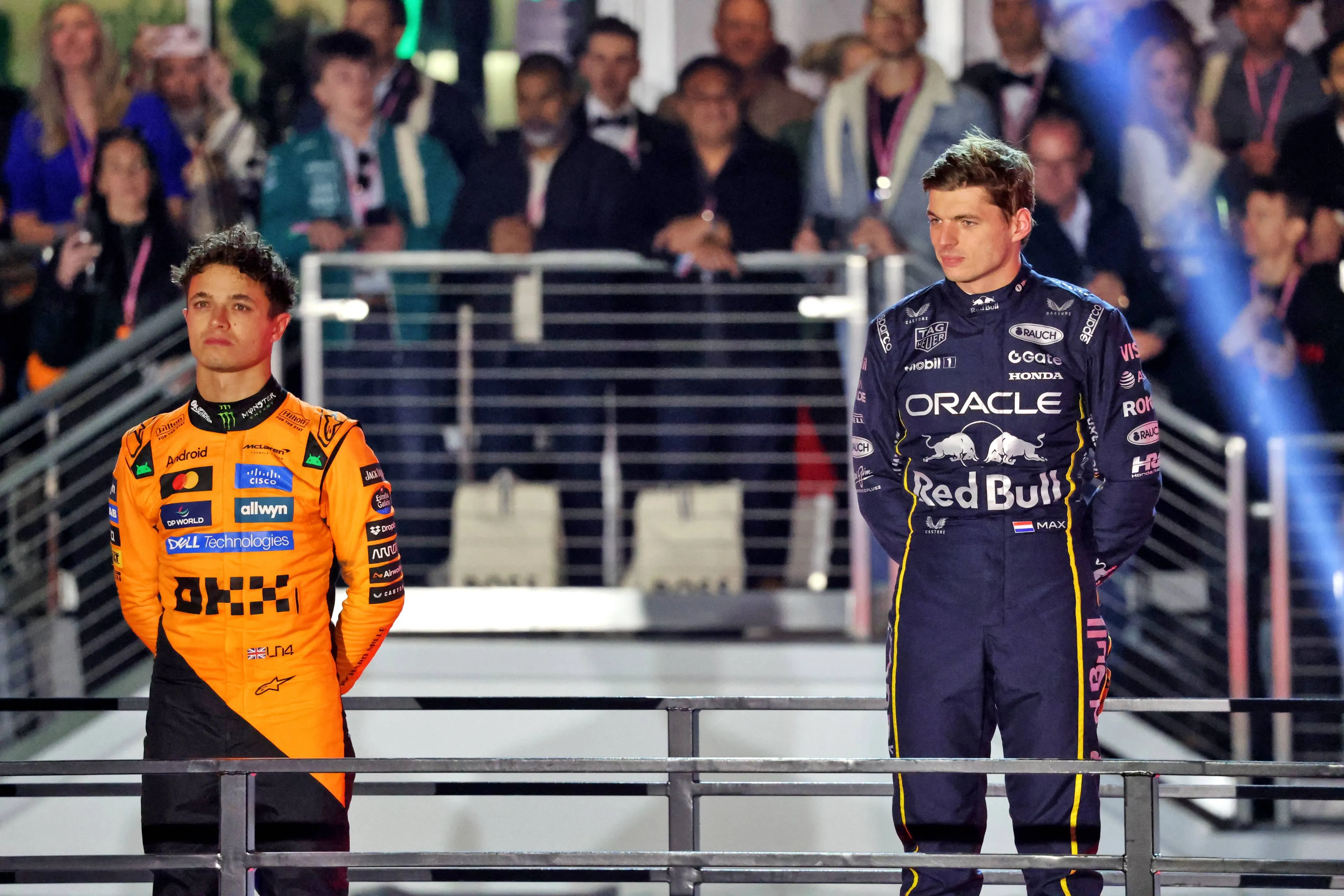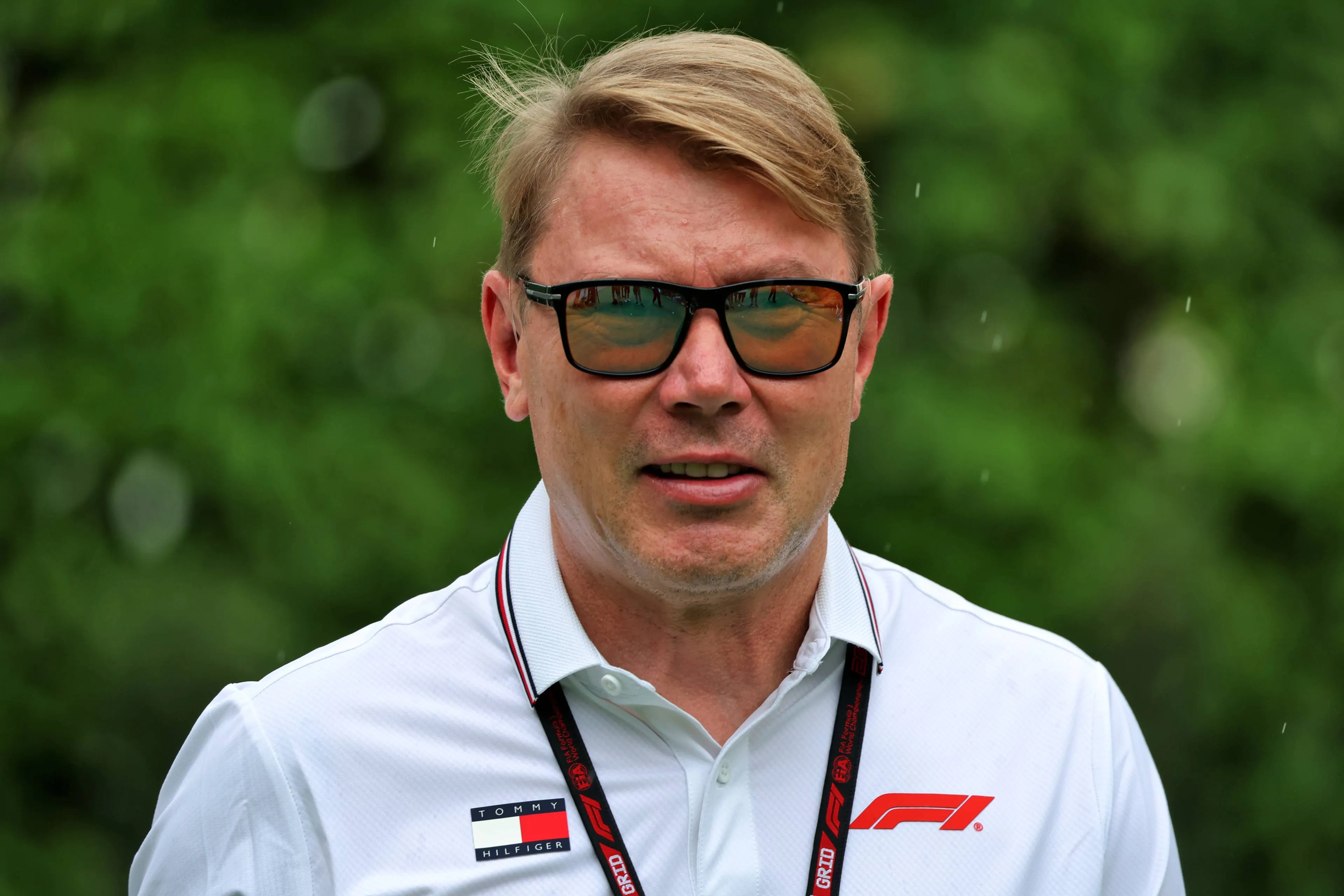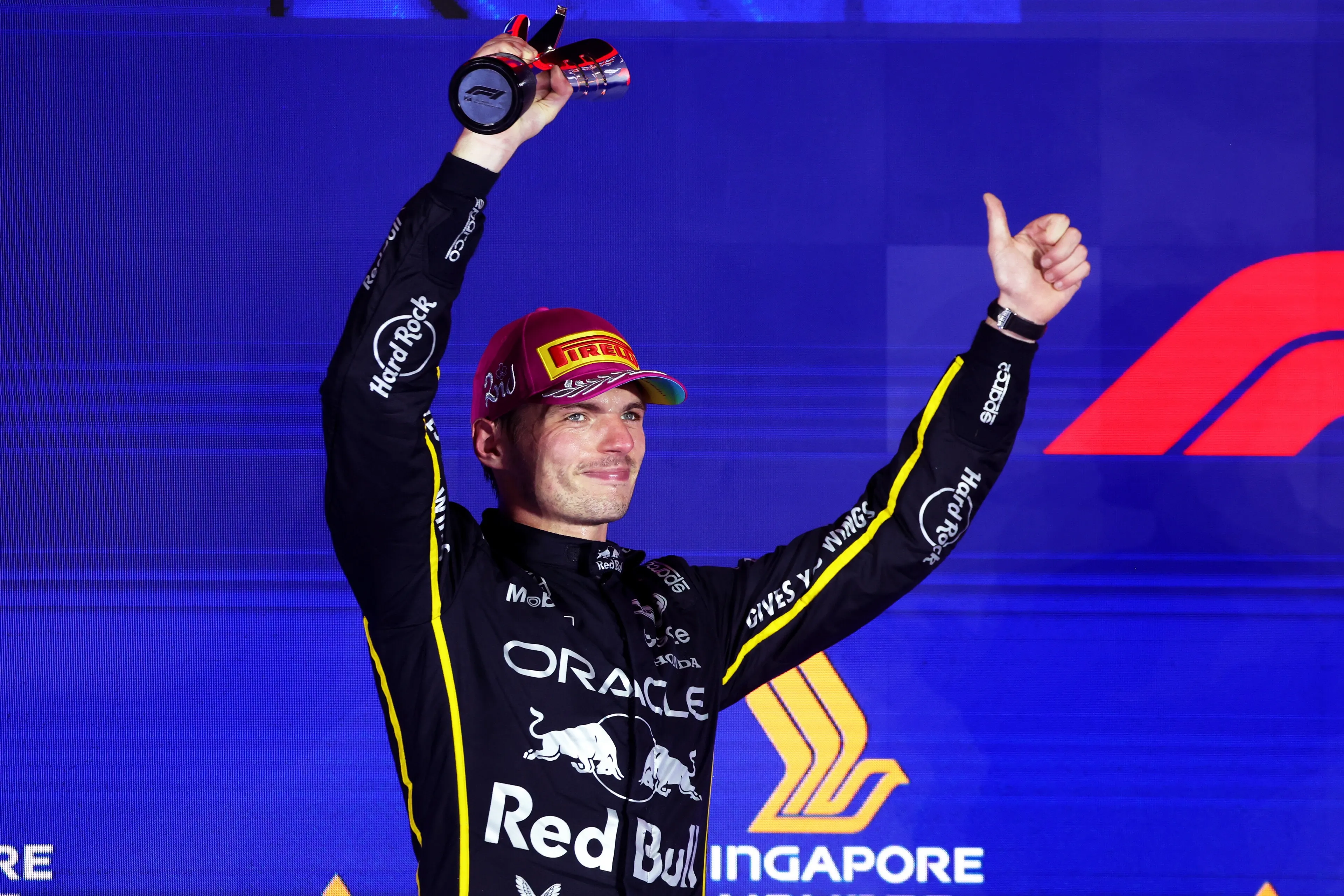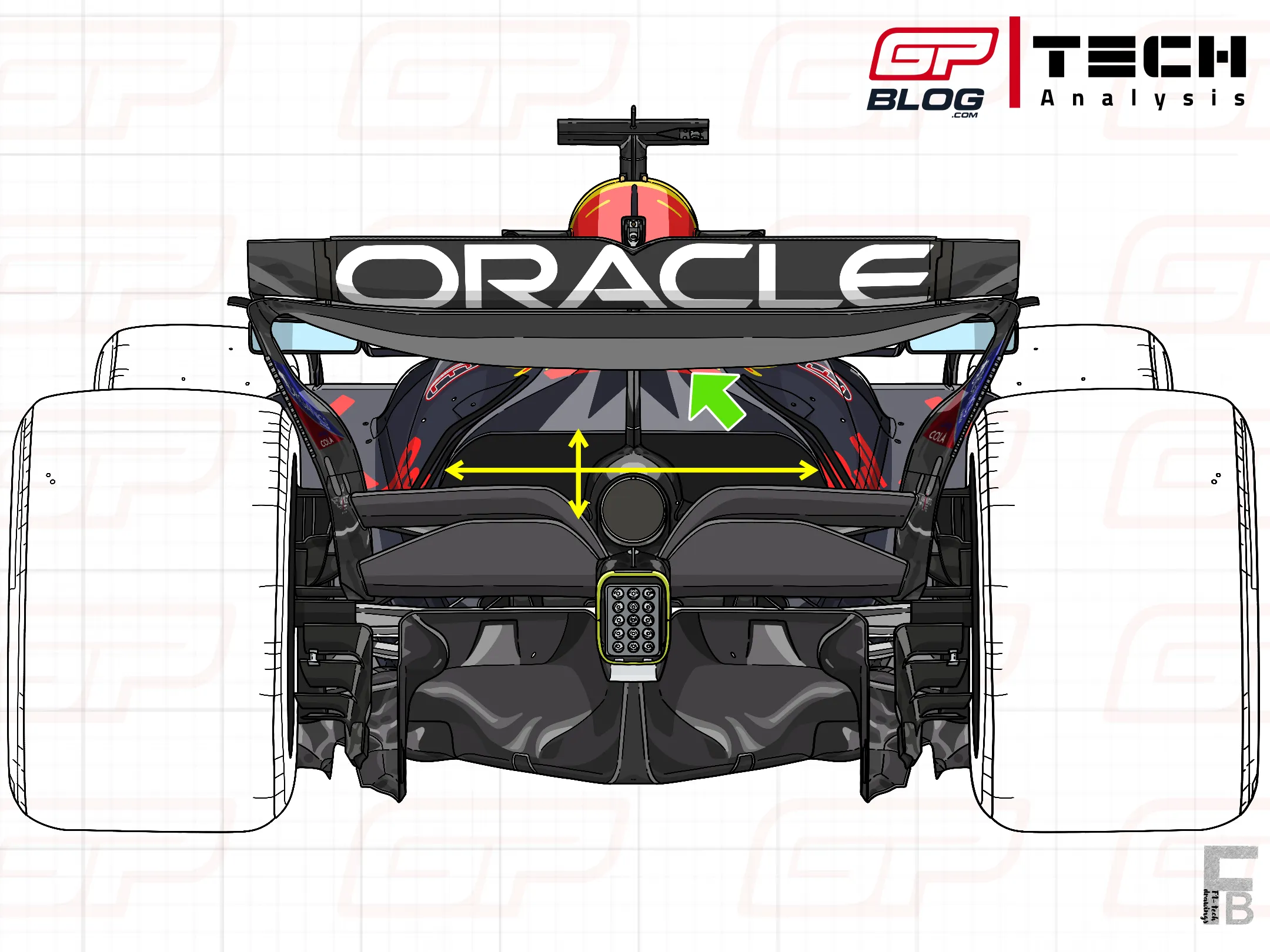
F1 Tech | Why Verstappen is now a concrete threat to McLaren
Max Verstappen is now fully back in contention for the Drivers’ World Championship.
On the eve of the Italian Grand Prix at the beginning of September, Verstappen trailed championship leader Oscar Piastri by 106 points, and the title appeared to be heading firmly towards Woking. Yet, just four race weekends later, the landscape has changed dramatically. The Dutchman now sits only 40 points behind Piastri, who hasn’t stood on the top step of the podium since Zandvoort.
Between these two races, Red Bull Racing made a crucial shift in approach, both technically and operationally, at the circuit and back at Milton Keynes. From a technical standpoint, Red Bull introduced a new floor back in Monza, which seemed to have allowed them to run the car at lower ride heights and extract more performance.
One other major update followed and that was the new front wing introduced at the Singapore Grand Prix only on Verstappen’s car, which took advantage of the use of carbon fibre composites to have the top two flaps bend more on the straights, while still successfully passing the FIA static tests.
Read also
These updates, coupled with meticulous mechanical refinement, helped Red Bull’s engineers unlock the RB21’s potential, something that had proven difficult since the start of the season.
This in turn made it easier for the team to arrive at the circuit on Fridays with a stronger baseline setup, avoiding the need to completely reinvent the car’s balance overnight because the simulator work hadn’t translated.
Red Bull’s race weekends subsequently became smoother and more linear, enabling engineers to fine-tune the setup step by step rather than swinging between extremes. This stability allowed Verstappen to find greater confidence in the car and a more consistent balance as each weekend progressed, ultimately leading to three victories in the last four races.
Positive start to the US Grand Prix weekend
Ahead of the United States Grand Prix, Verstappen felt confident that they could have a good performance, remarking that the RB21 now felt “a bit more balanced. It doesn’t oversteer dramatically or understeer dramatically.” The Circuit of the Americas, with its mix of high-speed corners and long straights, was expected to favour McLaren’s MCL39 , but many were curious to see how Red Bull’s updated machine would fare on such a complete circuit.
Read also
During Friday’s FP1 session, the team tested two different front wing configurations between Tsunoda and Verstappen. As shown in the illustration below, Verstappen’s version featured a completely redesigned top flap (pink arrow), with a longer chord in the central section and a smoother curve along its entire length compared to Tsunoda’s, which included a large fold along the trailing edge.
Verstappen’s specification also featured a revised placement of the metal supports between the third and top flaps, positioned closer to the endplate (light blue arrows) than on Tsunoda’s version.
On the nose, Verstappen’s RB21 already featured the new specification introduced at Zandvoort, which is slightly narrower at the junction with the second flap (green arrow) and includes small fins on the sides (orange arrows). Tsunoda, meanwhile, continued to run the older spec introduced during pre-season testing in Bahrain.
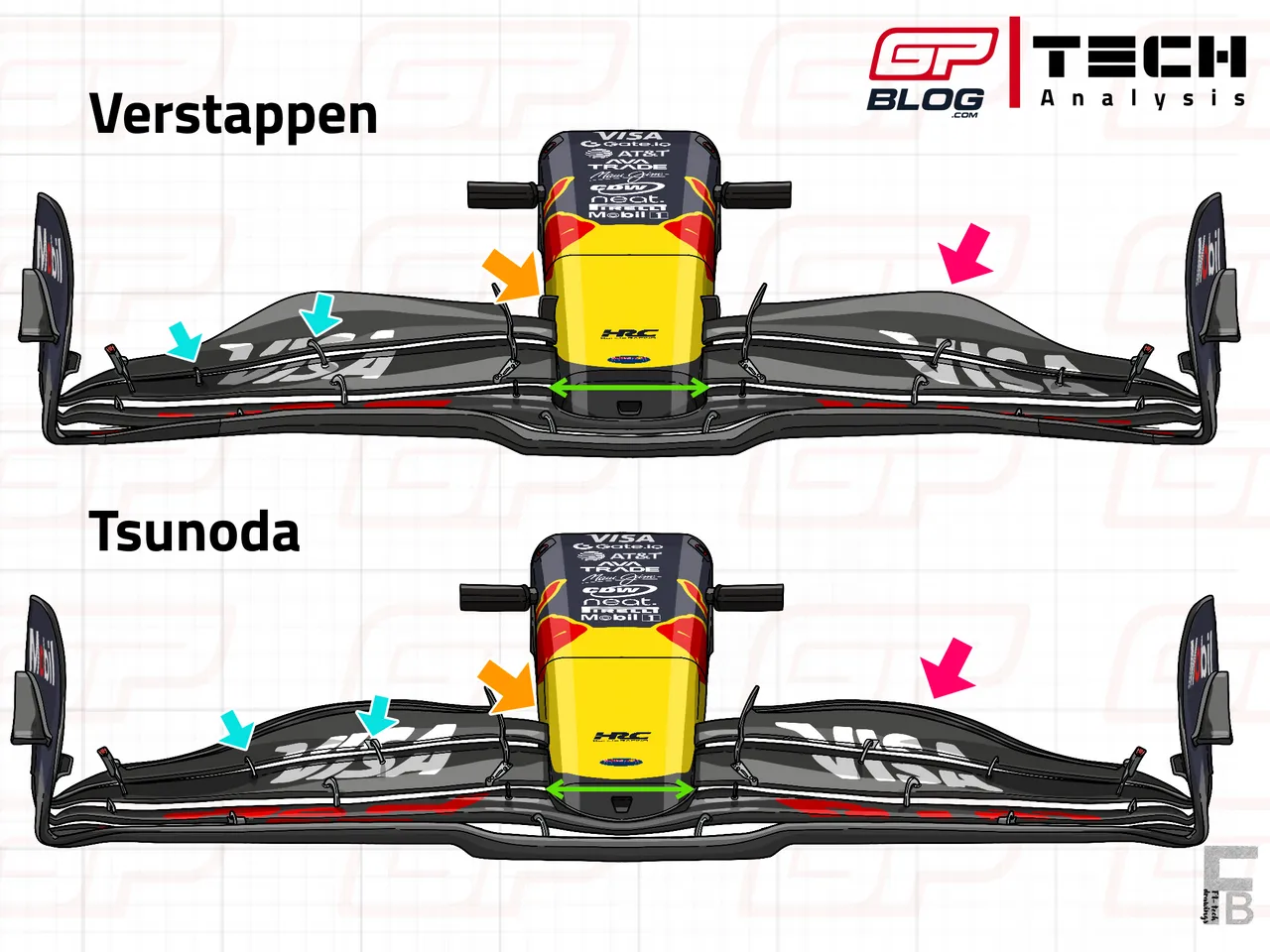
Despite these front-end differences, both drivers used the same rear wing and beam wing setup during the single hour of practice. As shown in the diagram, both cars ran the maximum downforce double-element beam wing along with the enlarged engine cover from Singapore, designed to dissipate heat in the sweltering Austin conditions (yellow arrows).

The FP1 results were encouraging: Verstappen produced an impressive long run on the hard compound midway through the session, while Tsunoda also showed competitive pace, evidence of a strong baseline setup.
During the last few minutes of the session, all teams focused on getting some laps on the soft tyre and, despite a positive result, Verstappen massively complained of bottoming in the high speed section of the circuit, in Sector 1.
To maximise the downforce generated by the Venturi channels, in fact, the team decided to test an aggressive ride height (to also gather data for the Sprint qualifying), which scratched the floor on the asphalt, making the car more nervous on the rear end as the flow of air interrupted as the tail end of the floor touched the ground.
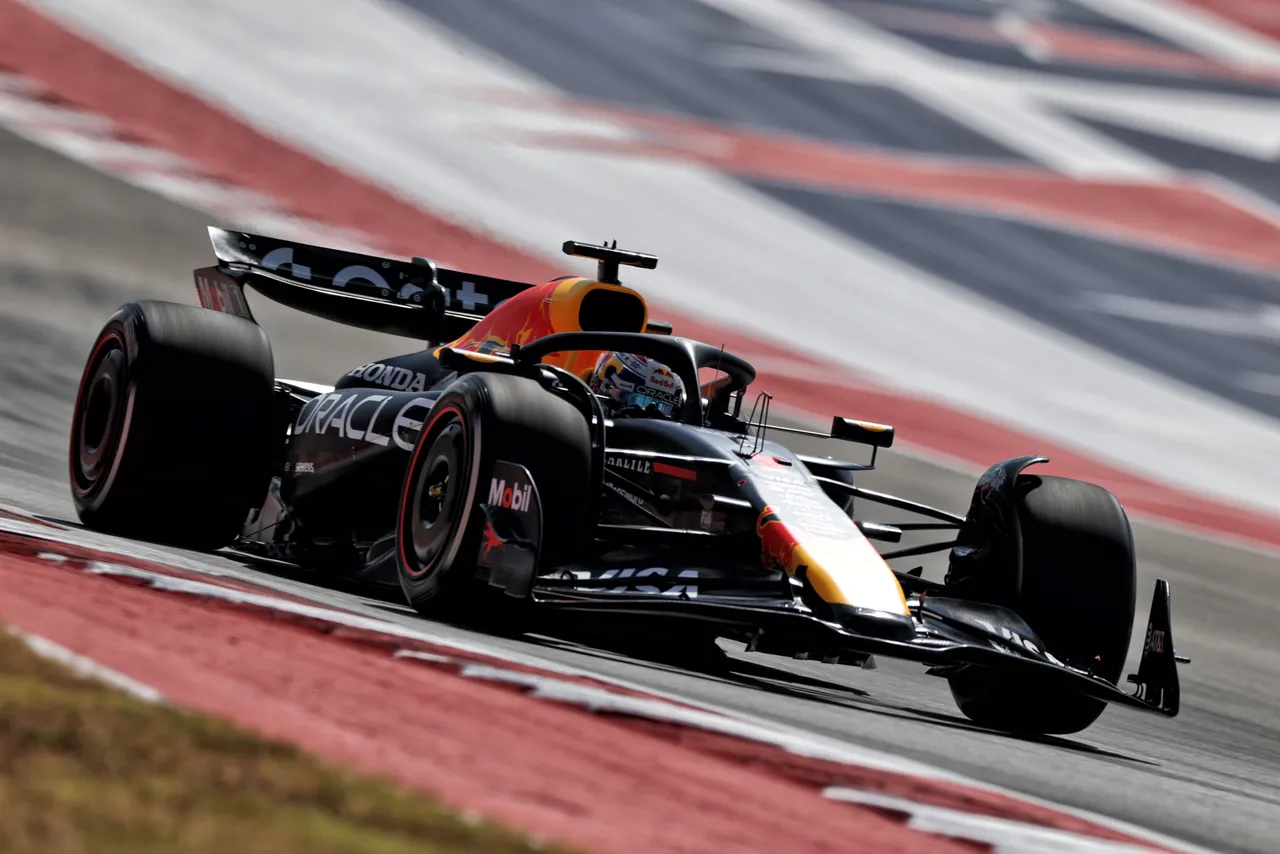
The team decided to take a step back before the Sprint qualifying and adopted a more conservative ride height, which was good enough to make the RB21 very stable and quick through all the high-speed corners and changes of direction in the first part of the lap.
Beyond this change, the team also adopted two different beam wing versions on Tsunoda’s and Verstappen’s cars from the Sprint qualifying onwards. As shown in the drawing below, both drivers tested the maximum downforce double-element beam wing used in Singapore during FP1.
Tsunoda kept the same beam wing version, while Verstappen switched to a lower-downforce solution to reduce the load on the rear axle.
The lower element had a drop shape, with a pronounced chord in the central portion and a decreasing length towards the endplate (pink arrow). The upper element still had a beam shape but with a much shorter chord than the version used by Tsunoda (light blue arrow).
Tsunoda kept the same beam wing version, while Verstappen switched to a lower downforce solution, to have a bit less load on the rear axle: the lower element had a drop shape, with a pronounced chord in the central portion and a decreasing length as it got closer to the endplate (pink arrow).
The upper element still had a beam shape, but with a much shorter chord than the version used by Tsunoda (light blue arrow).
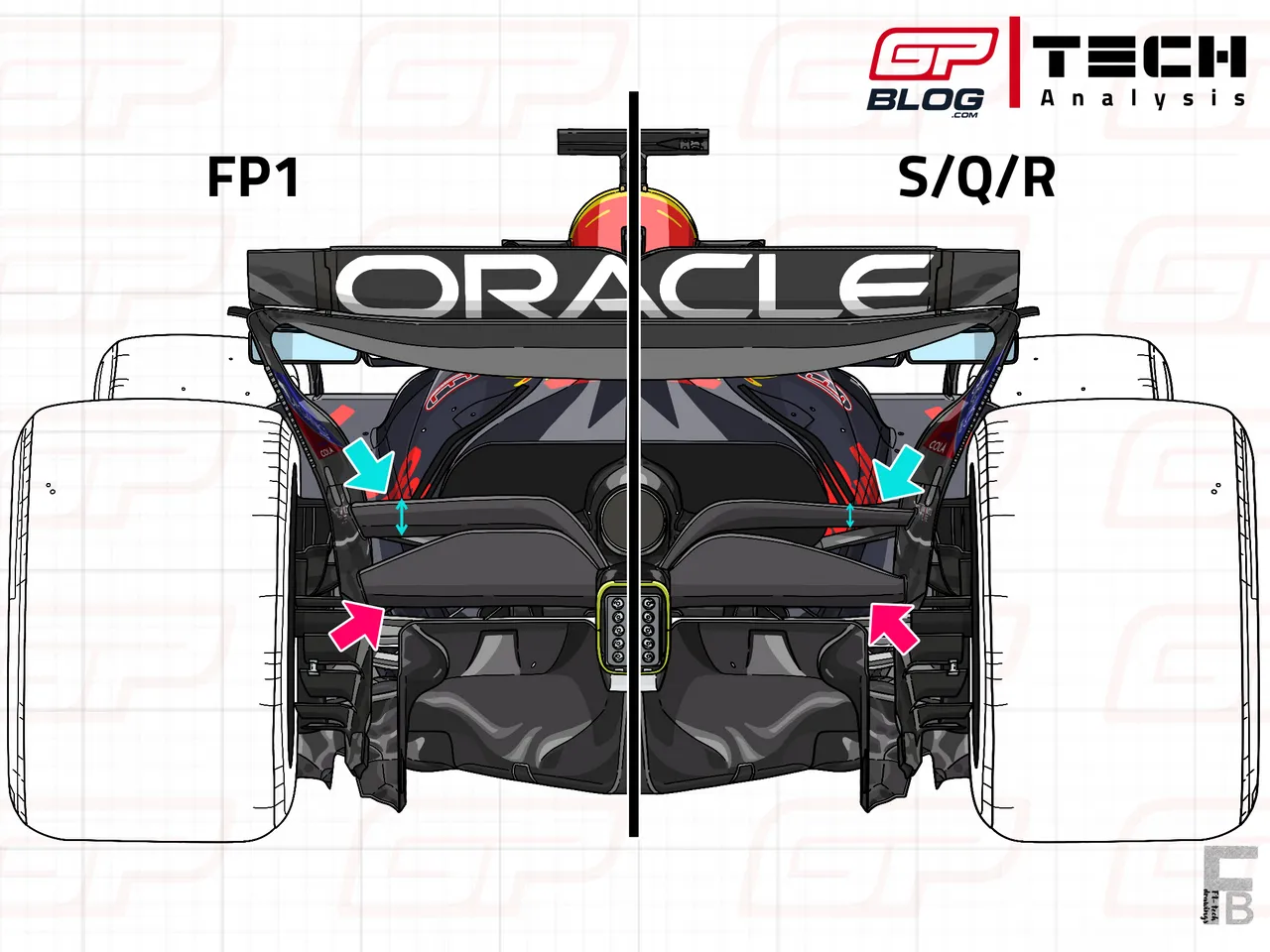
This balance allowed Verstappen to secure pole during the Sprint qualifying after a tight battle against Norris in SQ3, with the Dutchman finishing just 71 thousandths of a second ahead of the Briton.
Not a perfect set-up during the Sprint
The Sprint race on Saturday, however, still exposed some of the set-up’s limitations. Despite a great start by Verstappen, he remained within a second of George Russell for ten laps of the short race, unable to pull away as he wanted. As the medium tyre began to degrade, though, the RB21’s superior tyre management compared to the W16 allowed Verstappen to pull clear, eventually taking victory.
The driver was still not entirely happy with the balance, pointing out areas the team needed to work on to improve tyre management for the main race on Sunday.
The team therefore made some further mechanical changes to make the RB21 more compliant with Verstappen’s feedback, particularly in Sector 3, where he still lacked confidence.
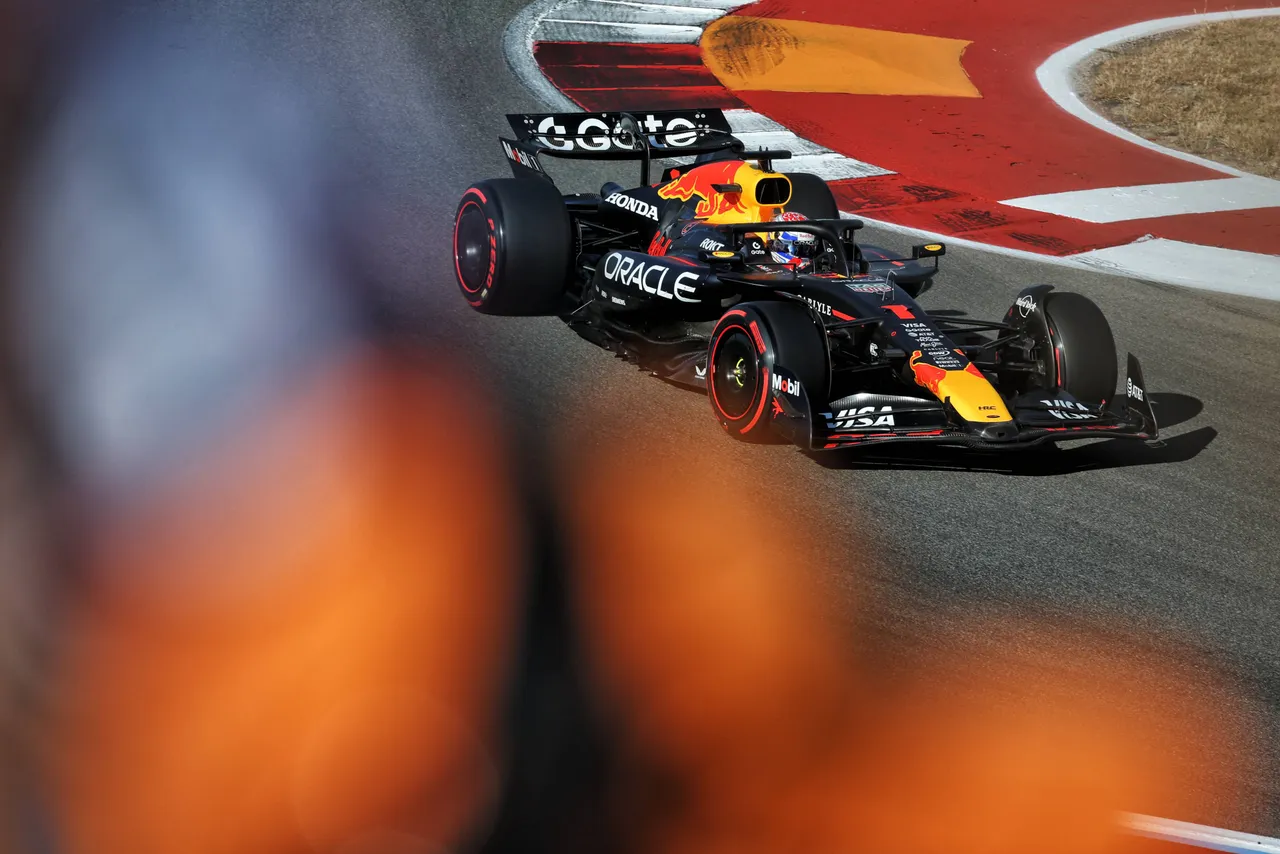
These adjustments enabled him to take pole again in the main qualifying session, with a phenomenal 0.291s advantage over Norris in P2, despite completing only one lap in Q3.
The RB21 proved much stronger across all sectors of the track, especially in Sectors 1 and 3, thanks to the lower ride height and a far more balanced set-up between the front and rear axles. This also helped Verstappen remain competitive in the slower corners, such as Turns 12 to 15.
After qualifying the 4-time World Champion expressed his feelings with the set-up during the usual on the grid interviews: “I hope it's better for tomorrow. But at least I felt a bit happier with the car compared to yesterday's qualifying, and I hope that's enough then for the race tomorrow.”
Read also
The race on Sunday simply confirmed the level of performance shown over the previous two days. Thanks to Leclerc’s overtake on Norris at the start, Verstappen had clear air ahead, allowing him to manage his medium tyres in the opening stint and build a gap of around 10 seconds to Leclerc in P2, enough to hold off a potential Norris charge later in the race.
Through such phenomenal tyre management, he went on to win the race, recovering a total of 25 points across the Sprint and main race on Piastri in the Championship.
When asked after the race, Verstappen reflected on his performance: “I think what was crucial was the first stint where I could build a bit of a gap, because I think after that, it basically stabilised pretty much after the pit stop until the end.”
“We put some upgrades on the car, but we just understood our car a bit better, where we wanted it to perform better. And, yeah, every weekend we try to achieve it.”
Team Principal Laurent Mekies also shared his thoughts on the team’s positive momentum since the introduction of the new floor in Monza: “The Monza floor helped, and every single small detail that we've put on the car helps, whether it is mechanically or aerodynamically and this together with being with that extensive exploration of where to run the car, it has helped us in performance.”
In conclusion, what once looked like an unrealistic recovery back in Zandvoort has taken shape over the last four race weekends, reigniting the Championship fight. It will be fascinating to see whether McLaren can find an answer to this resurgence in the final five races of the season.
Read also
Popular on GPBlog
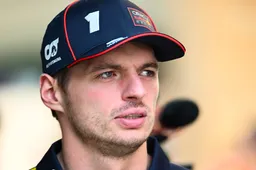
Verstappen makes the switch to Mercedes and flies to Portugal

Button's 'wish' comes true! Alonso will become father in 2026
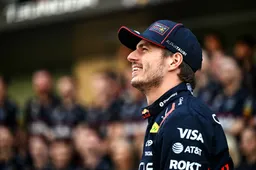
Hill: 'Hamilton on his way out, Verstappen is now the F1 grid's target'
